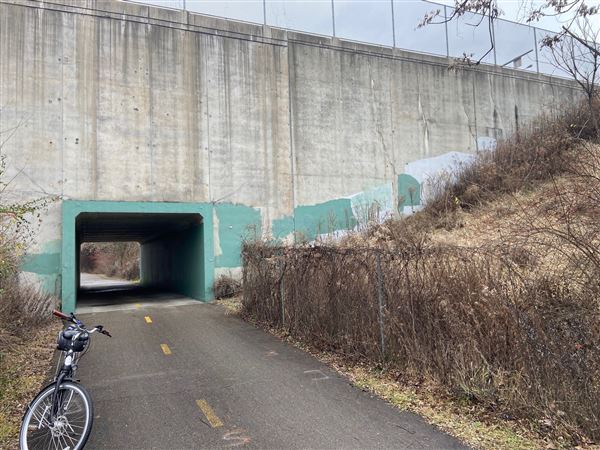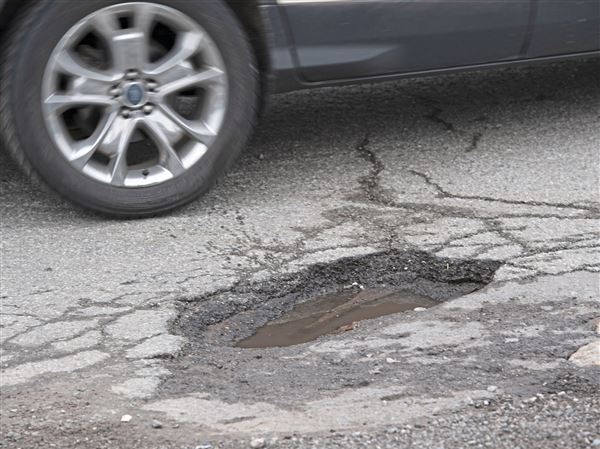A journey of a thousand miles, it is said, begins with a single step. The Pittsburgh Water and Sewer Authority earlier this month took two important steps on the long road to financial and operational stability. It enacted a series of rate hikes and made a commitment to monitoring consumption at city-owned buildings, measures urgently needed to rebuild the PWSA’s crippled infrastructure.
Steve Steckler, chairman of the Infrastructure Management Group consulting firm retained to study restructuring scenarios for the PWSA, said the agency probably is one of the worst of its kind in the nation. While inaccurate billing, poor customer service, neighborhood flooding and high debt are worrisome, the bigger concerns are the quality and reliability of the drinking water. After neglecting its infrastructure for decades, the PWSA is grappling with high levels of lead in the water, leaky pipes, fragile mains and ratty reservoir covers, with no fast or easy solutions in sight.
Instead of spending $100 million to $200 million on capital upgrades annually over the past 20 years, it’s invested an estimated $100 million or so during the whole period. Consumers now have to make up for lost time. The PWSA board enacted a three-year series of rate hikes that will increase the average residential customer’s bill, now $60, by 50 percent. That’s on top of the 13 percent increase customers absorbed this year as the enormity of the agency’s problems began coming into focus.
The board also voted to install water meters on city-owned buildings that don’t already have them. While the agency is obligated to provide the city with 600 million gallons of water for free each year, it doesn’t have a handle on consumption. By some estimates, billing the city for service above 600 million gallons could garner the agency more than $3.5 million annually. That could fix a lot of leaky pipes. It also would help with the essential task of separating storm water and sanitary lines to keep sewage from flowing into the rivers and people’s basements.
Sadly, customers wouldn’t be hit so hard in the pocketbook now — or be forced to endure so many service-related problems — if previous directors and boards had been on top of their game. Gradual rate increases and proper billing of the city could have funded administrative and operational upgrades needed to keep the agency modern and running smoothly. Still, it’s important to keep the rate increases in perspective.
Even with a 50 percent increase in bills over three years, many PWSA customers still will be spending less on water than on their cable and cell phone plans. And water is vital. To its credit, the board has authorized an assistance plan to help lower-income customers manage the rate hikes.
Infrastructure Management Group has recommended that the PWSA be morphed into a public trust independent of Grant Street, where past cadres of politicians exploited the agency for patronage jobs and cash for the city treasury. The Legislature also is considering bills to put the PWSA under two types of state oversight.
Consumers deserve to have a water authority leadership focused exclusively on their needs. They deserve a quality water supply. The PWSA’s transformation will take time, but with the rate increases, customers will be providing the resources needed to turn things around.
First Published: November 20, 2017, 5:00 a.m.















